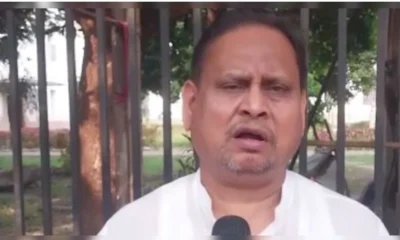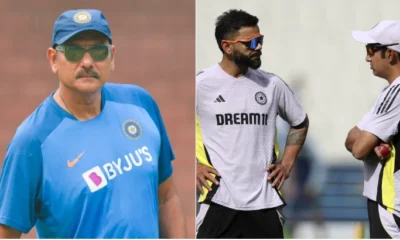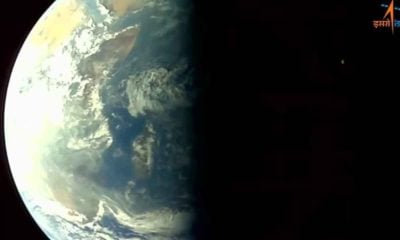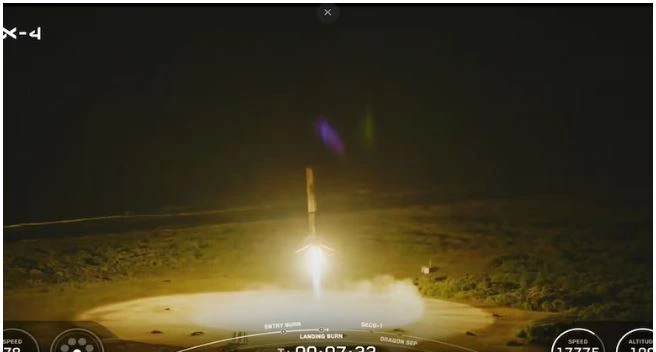Latest Science News
‘Mystery orbits in outer solar system not caused by ‘Planet Nine’, reveals study

Latest Science News
Astronaut Shubhanshu Shukla to meet PM Modi after return from historic space mission
Astronaut Shubhanshu Shukla, who recently returned from the ISS as part of the Axiom-4 mission, will meet PM Modi this evening. Parliament will also hold a special discussion on his historic journey.
India News
Shubhanshu Shukla pens emotional note as he returns to India after space mission
Indian astronaut Shubhanshu Shukla penned an emotional Instagram post as he returned to India after his 18-day ISS mission, marking a milestone in India’s space journey.
Latest Science News
Shubhanshu Shukla becomes second Indian in space, lifts off for ISS aboard Axiom-4 mission
Group Captain Shubhanshu Shukla becomes the second Indian astronaut to travel to space after four decades, aboard the Axiom-4 mission to the International Space Station.
-

 India News13 hours ago
India News13 hours agoRahul Gandhi attacks Centre ahead of Vladimir Putin’s India visit
-

 India News17 hours ago
India News17 hours agoPutin begins two-day India visit today, defence, energy and trade talks on agenda
-

 India News9 hours ago
India News9 hours agoPM Modi welcomes Vladimir Putin with warm hug as Russian President begins India visit
-

 India News17 hours ago
India News17 hours agoIndiGo flight cancellations deepen as crew shortage hits operations nationwide
-

 India News8 hours ago
India News8 hours agoDelhi to install 305 mist sprayers across 9 major pollution hotspots
-

 India News14 hours ago
India News14 hours agoTMC MLA Humayun Kabir suspended after Babri Mosque replica proposal sparks row
-

 Cricket news8 hours ago
Cricket news8 hours agoRavi Shastri warns critics against messing around with Virat Kohli and Rohit Sharma











